Sustainable fashion ecosystem in Vietnam, nurtured by cultural heritage and creative spirit of the community
The creative picture is changing
Over the past three decades, many countries have proactively developed creative economies to capitalize on knowledge, talent and cultural identity. This model was first mentioned in Australia's Creative Nation report in 1994 and then expanded through initiatives in the United Kingdom in 1997 .
The model highlights the key role of individuals and SMEs operating in the creative sector in creating jobs, creating added value, and improving the quality of life through intellectual and cultural resources.
In Vietnam, the creative economy is entering a period of strong transformation. Directive No. 30/CT-TTg of the Prime Minister , issued in August 2024, prioritizes investment in human resources and technology for cultural industries, such as fashion, handicrafts and design.
However, in current policies and communications, the two concepts of “cultural industry” and “creative industry” are often interchanged, creating ambiguity that can lead to a lack of clarity in strategic direction.
Vietnam has some notable creative initiatives such as Vietnam International Fashion Week (VIFW) or Vietnam Design Week (VDW), but most are managed by the private sector and lack strategic, long-term support from the state.
Successful models in South Korea and China make this gap even more apparent. Seoul Fashion Week, with the support of the city government, effectively integrates trade, exhibition and education through well-organized initiatives such as Seoul Collection and Fashion Fair.
Similarly, Shanghai Fashion Week has received full support from the Chinese Ministry of Commerce since 2001, creating a comprehensive creative ecosystem.
Small and micro-scale fashion businesses in Vietnam are combining cultural heritage with sustainable innovation (Photo source: Vietnam Design Research Studio)
In contrast, fashion businesses in Vietnam, despite their small size but strong creative spirit, continue to struggle to cope with challenges due to insufficient policy guidance, public sector investment, and media recognition.
Despite these limitations, SMEs are often classified as small and medium-sized enterprises - a force that accounts for about 80% of the total number of textile and garment enterprises in Vietnam, creating jobs for more than three million workers.
They often operate as family-run or small groups, without large-scale factories or significant marketing budgets. Yet they are laying the foundations for a sustainable fashion ecosystem with a strong local identity.
How SMEs are promoting sustainable fashion
A study conducted in late 2024 by Associate Professor Donna Cleveland (Head of Department) and PhD student Lam Hong Lan (Lecturer in Fashion) from the School of Communication and Design, RMIT Vietnam, revealed a picture of SMEs quietly creating what the research team called a “circle of prosperity”.
In which, the four pillars: economy, culture, environment and society not only develop in parallel but are also intertwined and deeply connected.
Through an analysis of five typical cases in Hanoi and Ho Chi Minh City, including brands such as Linht Handicraft, Kilomet109, Moi Dien, KHAAR and Dong Dong, the research team shows how SMEs can maintain small-scale production, closely linked to the community, while still promoting sustainable innovation and cultural identity.
Linht Handicraft cooperates with H'mong ethnic women in Sa Pa, using hand-woven, indigo-dyed fabrics to create products with a local feel.
Crazy Moi, a brand founded by designer Tom Trandt, operates on a “zero waste” model and collaborates with older tailors in Ho Chi Minh City. This approach not only preserves traditional craftsmanship but also creates a flexible, adaptive production chain.
Associate Professor Donna Cleveland (left) – Dean and Ms. Lam Hong Lan – PhD student and lecturer in Fashion (Photo source: RMIT)
Kilomet109, led by designer Thao Vu, connects with seven ethnic craft communities across Vietnam to revive fading traditional dyeing and weaving techniques.
Not stopping at preserving heritage, these businesses also proactively integrate technology and circular design thinking to improve sustainability.
KHAAR, a young brand founded by Kha Ngo, uses artificial intelligence to create zero-waste cuts from leftover fabric. The brand has gradually affirmed its name through international events such as Vietnam Design Week, Elle Fashion Show and Vogue Singapore.
Meanwhile, Dong Dong, founded by Anh Tran, specializes in producing handbags from old advertising tarpaulins and used industrial packaging. About 80% of the brand's materials are collected from aquaculture farms and supermarkets in the Mekong Delta.
However, the study also highlights the systemic barriers that SMEs in the fashion sector in Vietnam are facing.
Many businesses struggle to scale due to capital and infrastructure constraints. Current tax policies are often unsuitable for business models that use recycled materials or informal labor.
Dòng Dòng has been fined for failing to provide VAT invoices from suppliers of used materials. Brands like Moi Dien have expressed a desire for accessible public spaces to showcase their products and connect with customers, but there is currently no model in Vietnam similar to the creative markets in Korea or Singapore.
Symbolic forms of support, such as the recognition of traditional craft-based creativity as a national value, remain very limited.
To promote sustainable development, experts propose reforming education, building public spaces and simplifying tax policies (Photo source: Vietnam Design Research Studio)
Recommendations for Building a Thriving Creative Economy
Based on field research and the theoretical framework of Prosperity Fashion, the research team proposed three policy directions to support SMEs effectively and sustainably:
1. Strengthening fashion education: Core principles of sustainable fashion, zero waste production and community-based design approaches need to be more clearly integrated into fashion and design curricula at both secondary and tertiary levels.
2. Investing in public spaces: This allows SMEs to display products, educate consumers and connect with other businesses.
3. Administrative and financial reforms: Including simplifying tax procedures, officially recognizing non-traditional business models and providing specific incentives for businesses that use recycled materials or create jobs for local workers.
If given the right conditions and support policies, SMEs can absolutely play a pivotal role in forming a creative economy with strong cultural identity in Vietnam.
They reflect a global trend towards sustainability and show the potential of small workshops, ethnic minority communities and passionate young designers working together to build a new fashion ecosystem.
There, development is no longer measured by production speed or market size, but is defined by cultural depth, social cohesion and environmental responsibility.
The results of this study were published in Fashion Highlight – an international scientific journal specializing in fashion design. The journal focuses on the process of forming, producing and communicating fashion products, along with related cultural, aesthetic and technological aspects. Read the full study at: https://doi.org/10.36253/fh-3101 .
Source: https://baovanhoa.vn/van-hoa/dong-luc-sang-tao-cua-nen-kinh-te-viet-nam-153279.html



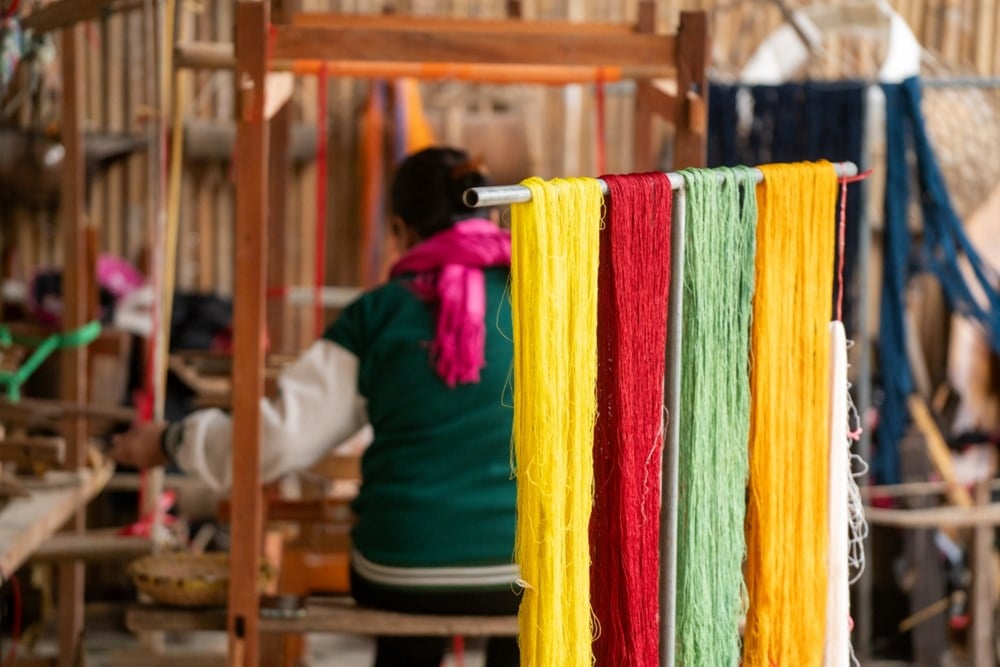
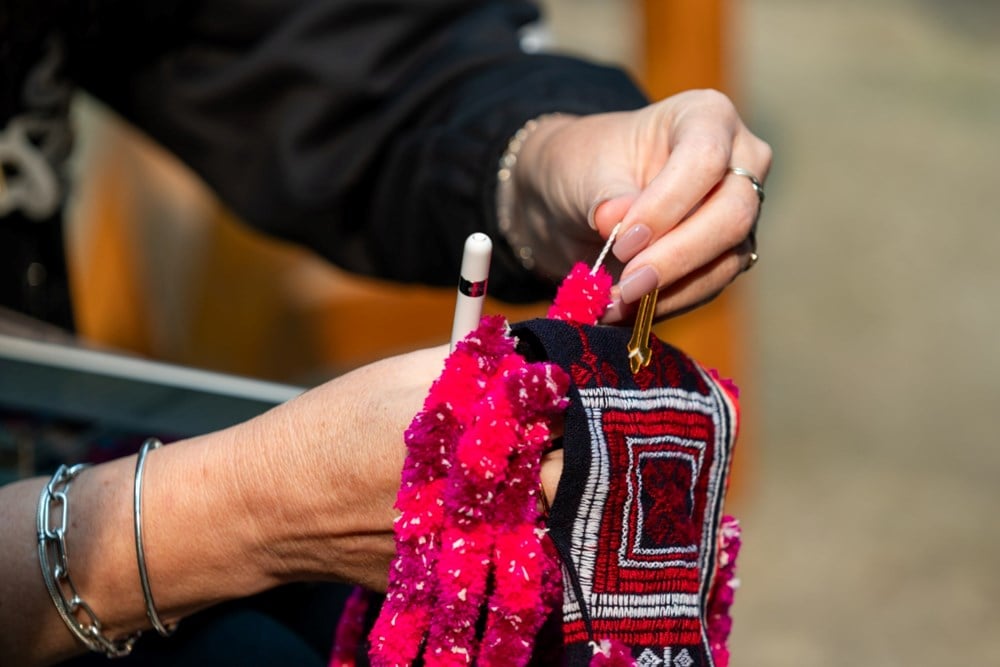

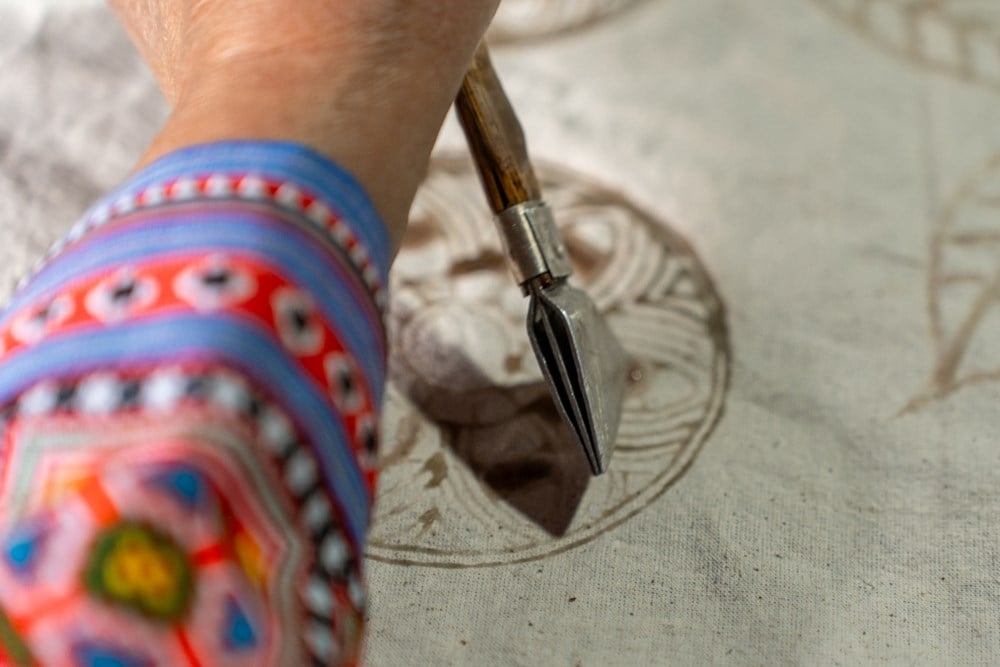

![[Photo] Science and Technology Trade Union honors exemplary workers and excellent union officials](https://vphoto.vietnam.vn/thumb/1200x675/vietnam/resource/IMAGE/2025/9/17/842ff35bce69449290ec23b75727934e)

![[Photo] General Secretary To Lam chairs a working session with the Standing Committee of the Government Party Committee](https://vphoto.vietnam.vn/thumb/1200x675/vietnam/resource/IMAGE/2025/9/17/cf3d855fdc974fa9a45e80d380b0eb7c)


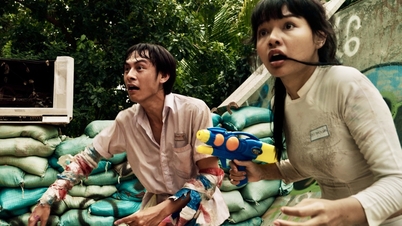

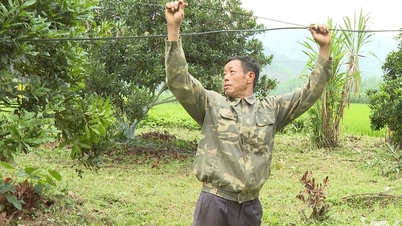



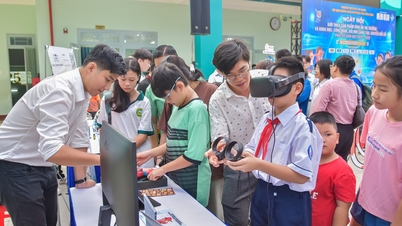


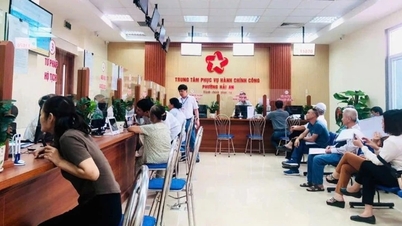

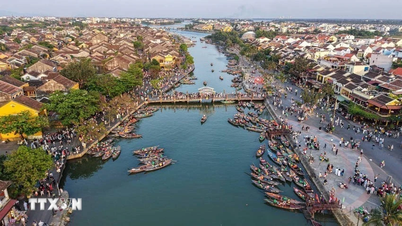






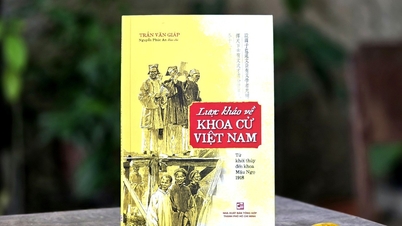







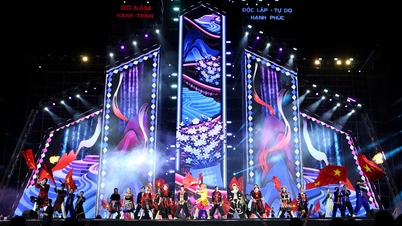



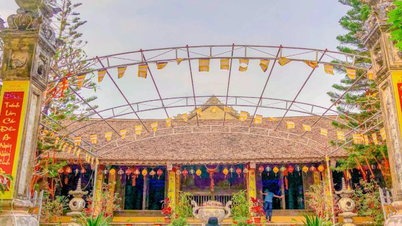




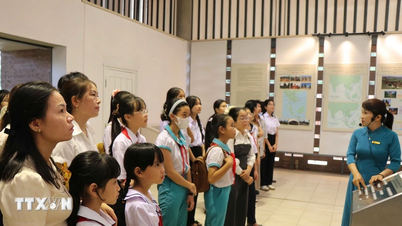







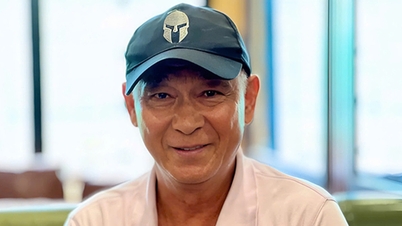

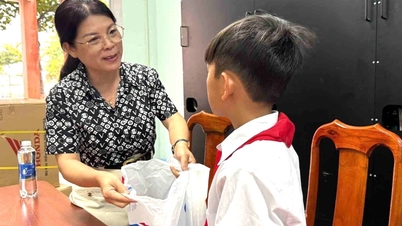


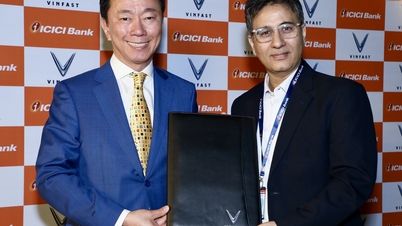





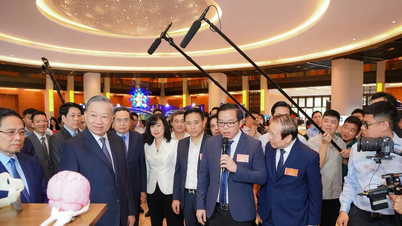





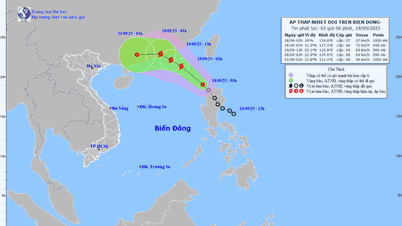

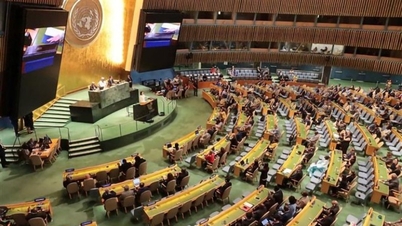

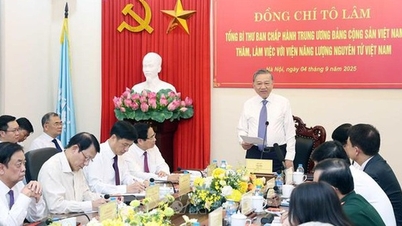











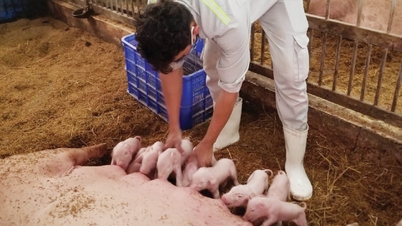






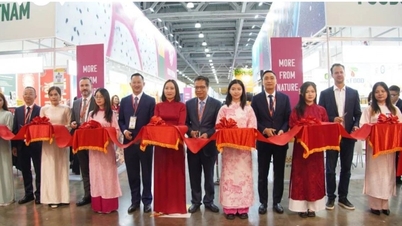









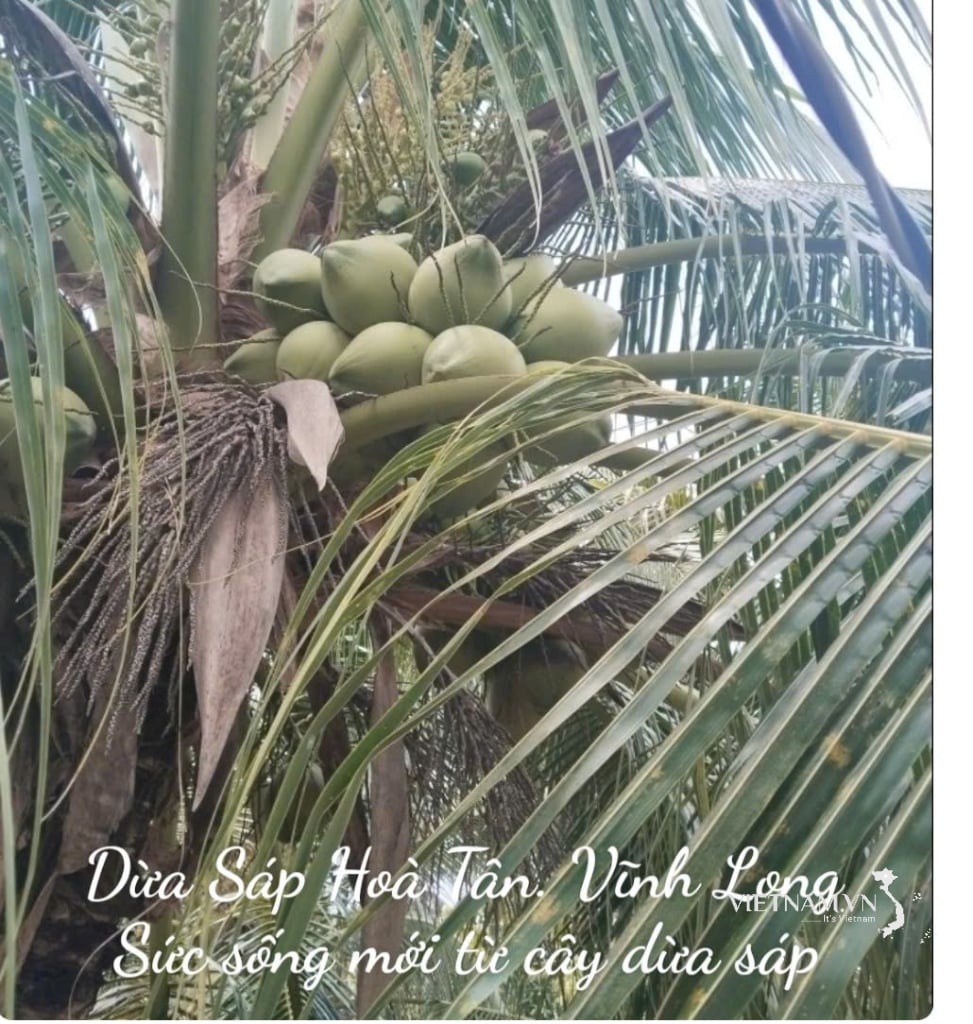


Comment (0)